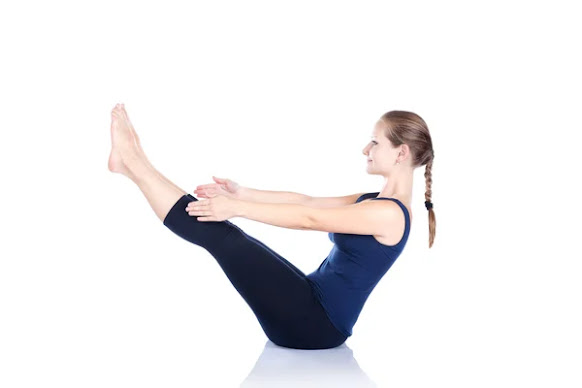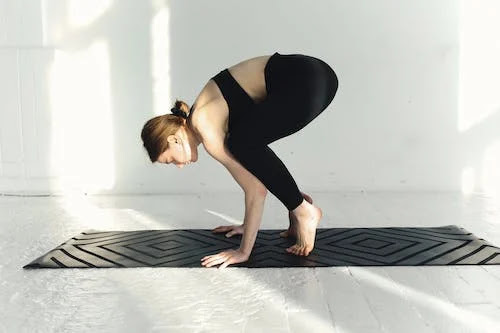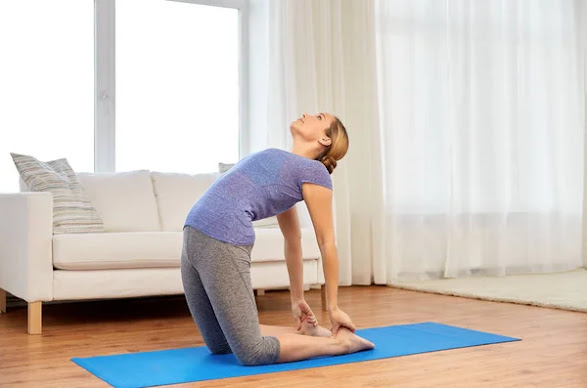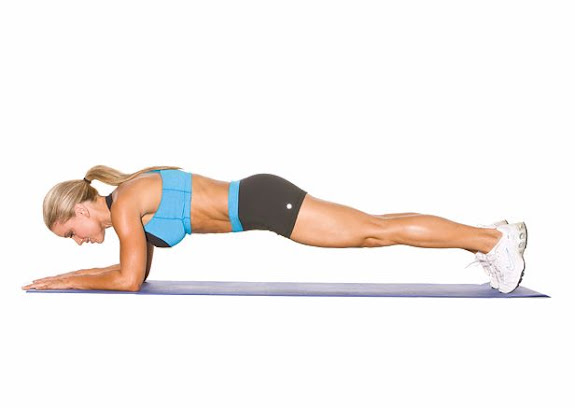Yoga Poses For
Children Of 9 To 12 Years
Yoga can be highly beneficial for children aged 9 to 12 years old.
Here are some of the ways in which yoga can be beneficial for children in this age range:
1. Promotes physical fitness:
Yoga helps children develop physical strength, flexibility, and balance. It can also help to improve posture and overall physical fitness.
2. Reduces stress and anxiety:
Yoga teaches children relaxation techniques that can help them manage stress and anxiety. Breathing exercises, meditation, and mindfulness practices are all integral parts of a yoga practice.
3. Improves focus and concentration:
Yoga can help children improve their ability to focus and concentrate, which can be beneficial in school and other areas of life.
4. Develops self-awareness and confidence:
Yoga encourages children to develop a deeper understanding of themselves and their bodies. This can help to build self-awareness, self-esteem, and confidence.
5. Enhances social skills:
Practicing yoga in a group setting can help children develop social skills such as teamwork, communication, and respect for others.
6. Promotes a healthy lifestyle:
Yoga promotes healthy habits such as regular exercise, mindful eating, and self-care practices, which can have a positive impact on a child's overall health and well-being.
Overall, yoga can be a fun and engaging way for children aged 9 to 12 to develop physical and mental fitness, self-awareness, and social skills, while also promoting a healthy and balanced lifestyle.
- Start by kneeling on the mat with the knees hip-distance apart and the toes pointed behind them.
- Encourage the child to place their hands on their lower back, with the fingers pointing downwards and the thumbs pointing outwards.
- As they inhale, encourage the child to lift their chest up towards the ceiling, arching their back and reaching their hips forward.
- As they exhale, encourage the child to slowly reach their hands back towards their heels, and to lower their head down towards the ground.
- Encourage the child to hold the pose for a few deep breaths, and then release by slowly lifting the chest up and releasing the hands from the heels.
- Make sure that the child is not straining their neck or lower back, and that their breath is deep and steady throughout the pose.
 |
| Boat pose, is a challenging yoga pose that can help to strengthen the core, improve balance |
- Start in a seated position on a yoga mat with the knees bent and the feet flat on the floor.
- Encourage the child to sit up tall and engage their core muscles.
- Ask the child to extend their legs straight out in front of them, keeping the feet together and the toes pointed.
- Instruct the child to place their hands behind their hips, with the fingers pointing towards the feet.
- Ask the child to lift their chest and lean back slightly, while keeping the core engaged and the spine straight.
- Guide the child to slowly lift their feet off the ground, while keeping the legs straight and the toes pointed.
- Encourage the child to hold the pose for a few breaths, focusing on maintaining balance and engaging the core muscles.
- To release the pose, ask the child to slowly lower their feet back to the ground and come back to a seated position.
- Start in a tabletop position on a yoga mat with the hands directly under the shoulders and the knees directly under the hips.
- Encourage the child to engage their core muscles and keep the spine in a neutral position.
- Instruct the child to step one foot back at a time, extending the legs straight out behind them so that the body forms a straight line from head to heels.
- Ask the child to keep the hands firmly planted on the mat and the fingers spread wide, with the weight evenly distributed between the hands and the feet.
- Guide the child to engage the core muscles and hold the pose for a few breaths, focusing on maintaining a straight line from head to heels.
- Encourage the child to gaze slightly forward, rather than dropping their head down.
- To release the pose, ask the child to slowly lower their knees to the mat and come back to a tabletop position.
 |
Crow pose is an arm balance yoga posture that requires a lot of upper body strength and balance |
- Warm-up: Before attempting the pose, it's important to warm up the body with some sun salutations or other yoga poses to prepare the muscles.
- Start with variations: Children can start with variations of the pose such as frog pose, which involves bringing the knees to the outside of the elbows, or practicing lifting one foot off the ground at a time.
- Use props: Use a yoga block or a rolled-up towel to place under the forehead to help prevent the fear of falling forward.
- Focus on core engagement: In Crow Pose, the core plays a vital role in maintaining balance. Children can practice engaging their core muscles by doing plank pose or boat pose.
- Practice with a wall: To build confidence, children can practice the pose with the support of a wall. They can place their feet on the wall and lean their weight forward onto their hands.
- Safety first: It's important for children to avoid putting too much pressure on their wrists and to listen to their body. If they experience any discomfort, they should come out of the pose immediately.
 |
| Headstand pose is an advanced yoga posture that requires a lot of upper body strength and balance |
- Practice with a wall: It's best to start practicing headstand pose with the support of a wall. Children can place their hands on the floor about a foot away from the wall and slowly walk their feet up the wall until their body is in a straight line.
- Warm-up: Before attempting the pose, it's important to warm up the body with some sun salutations or other yoga poses to prepare the muscles.
- Focus on core engagement: In headstand pose, the core plays a vital role in maintaining balance. Children can practice engaging their core muscles by doing plank pose or boat pose.
- Use props: Children can use a folded blanket or yoga mat under their head to cushion their neck and head.
- Proper alignment: Ensure that the elbows are shoulder-width apart and the forearms are parallel to each other. The top of the head should be on the floor with the weight evenly distributed between the head and the forearms.
- Safety first: It's important for children to avoid putting too much pressure on their neck and to listen to their body. If they experience any discomfort, they should come out of the pose immediately.



Comments
Post a Comment